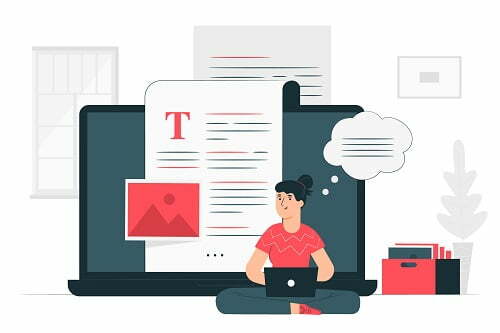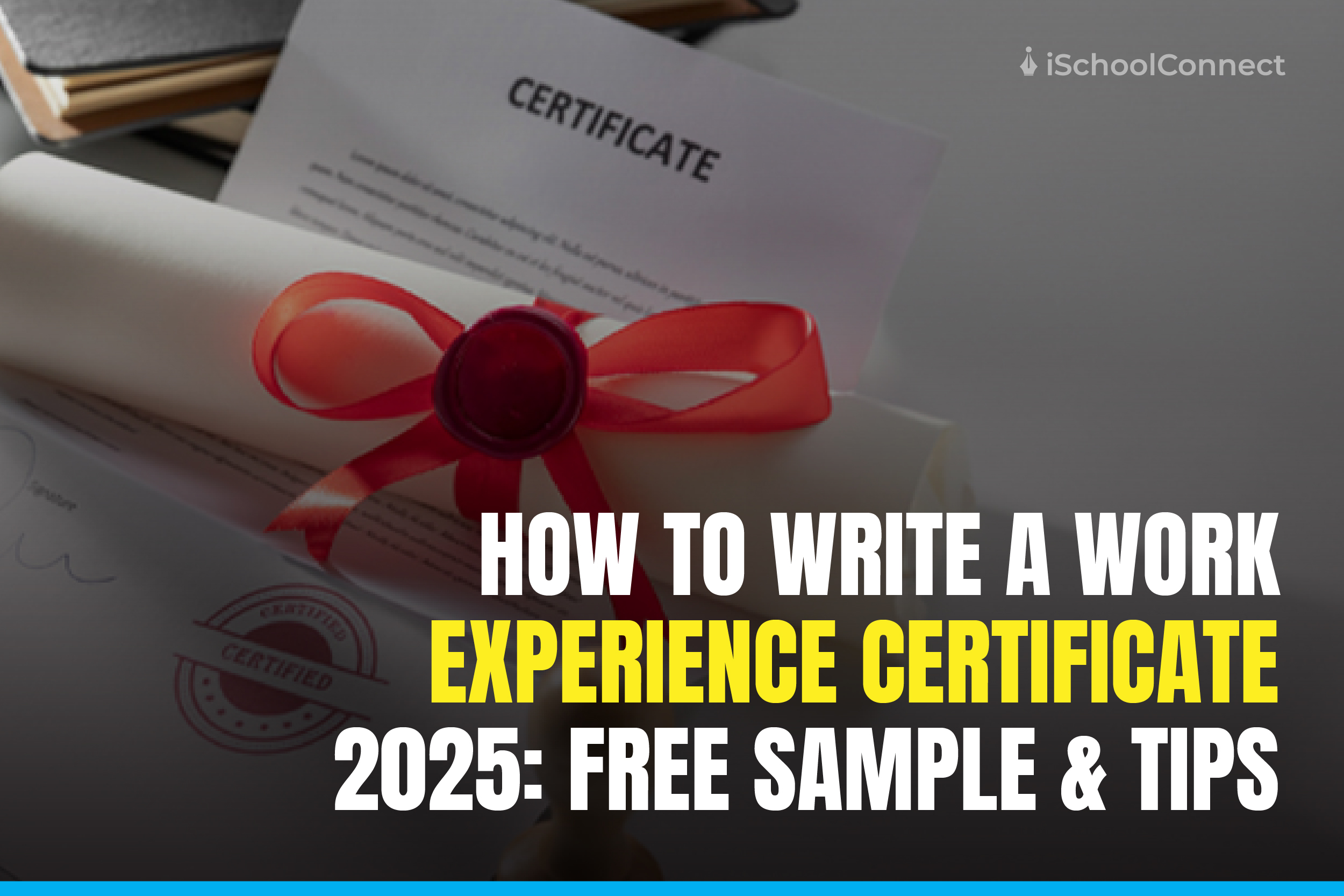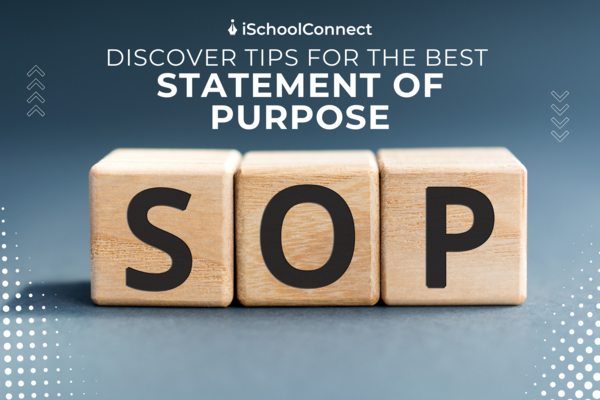Table of Contents
Resume format | An overview
What is one way to ensure a university or a company that having you on board is the right decision? A resume that stands out. With the worsening impact of COVID-19, competition for top colleges and good positions has only increased. In such a competitive environment, getting into the university of your dreams or even landing your first job could be a task. However, you get closer to achieving it if your resume sells you better. And we’re here to help find the perfect resume format for you.
Before we dive into how to make a resume compelling, let us first understand what a resume is.
What is a resume?
A resume is a formal document comprising your background, skill set, and accomplishments. Resumes could be used for a variety of reasons. However, securing a job based on your resume is the primary purpose of creating one. If written rightly, a solid resume can lend you ample opportunities. A good resume can capture an evaluator’s attention, making her stand out from other applicants.
One of the essential parts of a resume is its format. So let us understand what a resume format is and its types.
What are the types of resume formats?

Your goal while creating a resume should be to deliver a document that showcases your skills in an easily scannable manner. To achieve this, you should follow three types of resume formats. Depending on your objective and background, you can choose anyone from these three-
1. Chronological resume (not advisable for freshers)
This resume format is the most traditional way of writing. You begin your resume with the most recent work experience, followed by older positions. It is the most practical and simple resume format for someone employed for quite some time. This resume format is a “no-no” if you are a fresher.
A chronological resume format usually includes these components-
- Contact information
- Objective
- Relevant skills
- Professional experience
- Education
- Additional information (volunteering, hobbies, achievements, etc.)
This resume format is also not the right one for someone with an employment history who wants to switch careers. They should go for a functional or a combination resume format.
2. Functional resume (advisable for freshers)
This resume format focuses more on skills and less on work experience, making it an apt resume format for freshers.
A functional resume usually contains these elements-
- Contact Information
- Objective
- Skills
- Additional Skills
- Work Experience
- Education
However, a disadvantage of creating a functional resume is that the ATS (Applicant Tracking System) has difficulties reading this type of resume.
3. Combination resume (advisable for freshers)
This resume format for a job focuses equally on skills and work experience. It is a combination of a functional and chronological resume so if you have relevant work experience, even as a fresher, this resume format is the best way to go.
A combination resume usually includes the following-
- Contact Information
- Skill Summary
- Additional Skills
- Work Experience
- Education
Components of a resume
The details may differ depending on the resume template. However, this is what a typical resume consists of–
| Component | What to include? |
| Header | The header is a component that includes your personal details like name, address, phone number, email, Social Media IDs. |
| Objective | This is one of the important segments of a resume that highlights your intentions and accomplishments to the evaluator. |
| Qualification/Education | This includes your education level, including bachelor’s, master’s, secondary, and higher secondary education. |
| Experience | This includes your work experience till the current date. It could also talk about all the projects you were a part of, the internships you’ve done, etc. |
How to write an effective resume as a fresher?

A resume that gets results is the one that is serving you right. Here’s a list of things to keep in mind while creating your resume as a fresher-
1. Decide upon the objective behind writing your resume
Content and format both play an equal role while creating a resume. As mentioned in the previous article, if you are freshly graduated and looking for a job, a resume covers your work experience and skills. You can get ample resume templates and formats online that serve your needs.
Once you decide on what needs to be added and which resume template to tailor your resume to, depending on the evaluator, you can move on to the next step-
2. Know what the evaluator is looking for
It is vital to balance what you want your resume to tell about yourself and what the evaluator is looking for in a candidate. To achieve this, you do thorough research on the evaluator and tailor your resume keeping it in mind. It is always a best practice to tailor your resume for each university/company you apply to.
How do you know exactly what the evaluator is looking for?
- Research the evaluator.
- Thoroughly read the course/job description. If required, go through similar courses/job descriptions.
- Try networking with current college students/industry professionals to get better insights.
3. Tailor your resume

Keeping your resume updated at frequent intervals is a good practice to keep it up-to-date. You have a resume ready to slide in when you stumble across an opening. You must tailor your resume to each college/job you apply for, even if they’re looking for the same. This way, you are putting what is most important to each evaluator. Changing terminologies depending on the college/job description will also take a long way.
For example, suppose you are applying for a job looking for SEO content writers. In that case, your resume should mention SEO content writing as your primary skill set. While if another firm is looking for someone to write business copies, include business copywriting as one of the primary skillsets. Your resume should be built around keeping the core focus of the recruiter in mind.
The above stands true if you actually have knowledge and experience in SEO and business writing, as bluffing on your resume regarding your skills to get hired will backfire.
Focus on your skills and past work experiences that highlight your diverse background, but keep the core focus intact. Focus on what is relevant and pick and choose experiences related to it. Also, suppose you have worked in a different career domain and are now a fresher in a new career; in that case, it is best to only mention skills relevant to your current experience.
For example, if you have worked as a manager in your former organization and are looking to pursue a Computer Science course, do not elaborate on your above-par managing skills. You could write a sentence and leave it at that.
4. Ensure that your resume is neat

Now that you have curated your resume, it is time to make it appealing to the eyes. These three things make for a visually appealing resume-
Ease of reading. Your resume should crisply communicate things with organized components. Margins, easy-to-read font, and white spaces play a vital role in preventing your resume from feeling cramped.
Design. Your resume should have a simplistic design easily comprehensible by humans or applicant tracking systems. Too many colors, graphs, and visual aids can make it look a little fuzzy.
Length. Ideally, the length of your resume should be one page unless you have experience of more than 10-15 years, and putting all of it on a single page could become a task. In such cases, a resume could drag up to two pages at maximum.
Things you should never include in your resume
Avoid these things in your resume-
- Too much information. The evaluator could lose track while going through it.
- Spelling mistakes and grammatical errors. They show that you are not serious about the application.
- Inaccuracies about your qualifications or experience. Vague qualifications or experience fail to convey your abilities.
- Unnecessary personal information. Why would an evaluator be interested in your home address or parent’s phone number?
- Age. Putting age in a resume is no longer standard practice.
- Negative comments about a former employer. Even if you left your former organization due to toxic work culture or an unhealthy boss, your resume doesn’t need to reflect that.
- Details about your hobbies and interests. Evaluators don’t need to know the stories behind your hobbies or interests.
- Passive language. Always write in an active voice to provide more clarity.
- Miscellaneous extra content. Adding unnecessary information just to make your resume lengthy will only result in the lost interest of the evaluator.
So there you have it! Everything you need to know for writing a good resume – both format and content-wise.
If you’re still stuck drafting your resume or have more questions, feel free to reach out to us or drop a comment! We’d be more than happy to help.
Liked this blog? Then read: How to write a powerful Statement of Purpose
FAQs
Q1. What is the best format for a resume?
Answer – That depends on whether you have work experience or not. If you do, we recommend you follow a reverse-chronological format. Start with what you’re doing currently, and go back in time as you write. If you’re a fresher with no internship experience, go for a functional resume. Otherwise, use the combinational format.
Q2. How do you create a resume for a job?
Answer – First, shortlist the companies you wish to apply to and look at the job profiles you want. Then, mention skills, projects, and work experience that align with the job description. This way, the recruiter will find the keywords they’re looking for while going through your resume and likely call you for an interview.
Q3. How can I download a free resume template?
Answer – You can click on the Download button at the top of this blog or go to this link.






